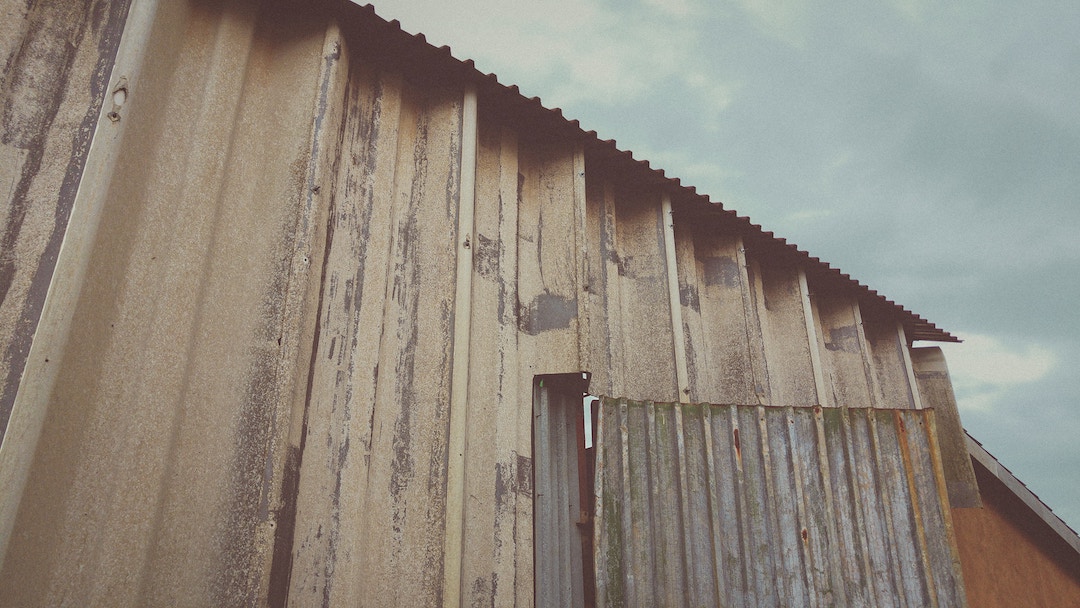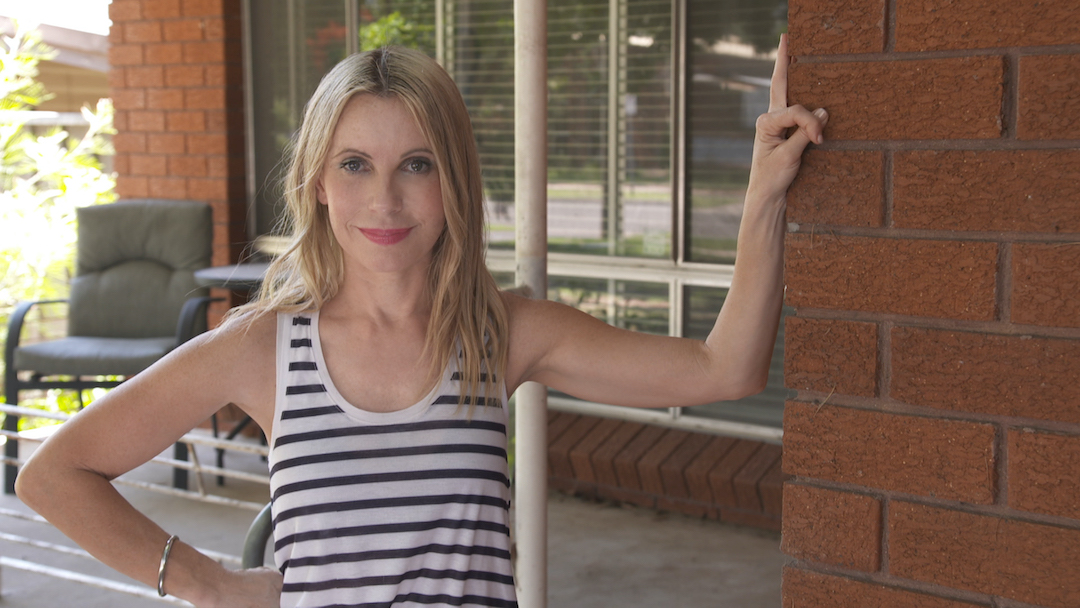Australians are being urged to respect the risk of asbestos exposure and ensure they are staying safe.
This week (20-26 November) is National Asbestos Awareness Week. As part of the week-long program, the Asbestos Education Committee is asking all home-owners, tradies and DIYers to educate themselves on the damage caused by asbestos and ensure they are taking the necessary precautions.

A lurking danger
Each year, asbestos-related diseases kill over 4,000 Aussies.
When buildings undergo maintenance, demolition or renovation, small fibres can be released into the atmosphere and inhaled by workers, leading to several deadly diseases including asbestosis, lung cancer and malignant mesothelioma. Perhaps most frighteningly, there is no known cure for mesothelioma, and it can develop up to 44 years after the initial inhalation of the fibres. Sadly, there is an average of 12 months survival time after diagnosis
Clare Collins, Chair of the Asbestos Education Committee, states “with one-in-three homes containing asbestos and with the continuing DIY boom, serious concerns have been raised that DIYers and tradies who renovate homes might be risking their lives and the lives of families if they fail to respect the potentially life-threatening risks if asbestos is not managed safely.”
“Renovators need to be aware that asbestos fibres were used in the manufacture of more than 3000 building and decorator products that lie hidden in one third of Aussie homes, and that asbestos detection is not included in a standard building report.”

Common threats
Asbestos is the name for naturally occurring minerals composed of microscopic ‘fibrils’ that are released into the atmosphere when disturbed. They were popular in building products between the 1940s and 1990s due to their high resistance to heat and fire. However, in 2003 the Government issued a national ban on the use of asbestos, as well as the importation of products containing the dangerous material.
According to a report from the Australian Mesothelioma Registry (AMR), asbestos may be more prominent than most people realise. In a survey conducted in April 2023, 83 percent of respondents were determined to have had possible or probable exposure in ‘non-occupational’ settings. 38 percent reported living in a home where asbestos was disturbed during renovations, and 20 percent said the asbestos was brought home by someone exposed during work.
“Most Australians don’t know asbestos-containing products are not just lurking in fibro homes, they were used widely in brick, weatherboard, clad homes and apartments and other structures commonly found on properties including backyard sheds, fences, garages, chook sheds and even dog kennels. It could be anywhere!” says Clare Collins.
However, these products are not considered a risk if they remain undisturbed. It’s only during renovations or maintenance that the fibres can cause damage.

Cherie Barber, Asbestos Awareness Campaign Ambassador
Resources and respect
The Asbestos Awareness Campaign suggests several ways individuals can protect themselves and their loved ones
Cherie Barber, Ambassador for the Campaign, wants to ensure everyone understands the risks.
“The bottom line is, if your home was built before 1990 and you suspect it may contain asbestos, before taking up tools engage a licenced asbestos assessor or occupational hygienist to inspect your property and if you need to remove asbestos, only use licenced asbestos removalists who will remove and dispose of it safely,” she said.
“It’s time homeowners, renovators and tradies stop being complacent and learn to manage asbestos safely by visiting Australia’s most comprehensive, trusted source of asbestos information, asbestosawareness.com.au.”
On the website, you will find lots of free information for homeowners, tradies and renovators, as well as resources for getting an inspection. You can also access ‘Asbestos 101 for Residential Property Owners, Managers and Tradies.’ Developed in accordance with the Government Work Health and Safety Regulations and Codes of Practice, the educational tool provides critical information about the risks and regulations associated with asbestos.
The Asbestos Awareness Campaign strives to keep everyone safe and protected, but this is only possible when Aussies are aware of the risks around them. This Asbestos Awareness Week, the best thing you can do is educate yourself on how to prevent the spread of asbestos.
To learn more about safety on construction sites, click here.

